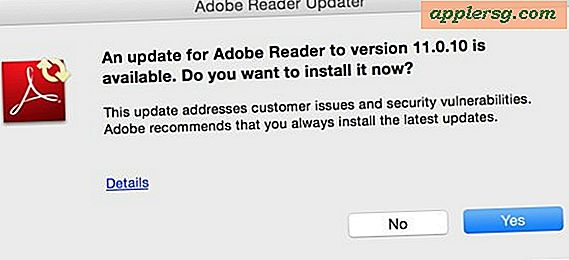

Adobe reader mac os x lion pdf#
And that with all the advantages of the PDF format (integrity of contents, integrity of presentation). It is now now allow for interactivity, but still in a device-independent and operating system-independent way.

But since then, PDF has proven to be more than that. the "static" aspect may have been true in early versions. The idea that PDF is "meant to be a static resource for documentation" is one of the big misconceptions about PDF out there. Note that it won't work correctly in Preview, since that doesn't support JavaScript (fortunately).Įveryone is allowed to have his opinion, and there is nothing against the opinion to have JavaScript deactivated. Having said that, you can do a sick amount of things with JavaScript in PDFs, as this PDF calulator shows. preventing printing, that kind of thing).Īn interactive document is much better delivered as a set of web pages, not a PDF. Plus, there are a bunch of nasty things that *any* macro language can do for example, access remote URLs to 'track' a document prevent certain aspects of a document from working (e.g. After all, PDF is not Flash - it's meant to be a static resource for documentation, in a device-independent and operating-system independent way.Īrguing that turning off JavaScript breaks functionality is only true for those documents that need JavaScript - for all other docs, it doesn't make any difference. The fact that one *can* do things with JavaScript in a PDF document doesn't mean that one *should* do things with JavaScript. I have to agree with the original poster - that JavaScript should be disabled by default or at least, on a per-document basis the user can be asked 'Do you want to enable JavaScript for this document?'

I have been developing applications with Acrobat JavaScript since it became possible to do so.) So, it might be a good idea to keep this hint as an "educational" example, but definitely not use it. And I don't even talk about (fillable) forms.Īnd one might think about it, that many really high-profile organizations, where problems security-wise would really give them a hard time (let's talk about tax authorities) use and distribute documents with JavaScript built in. More and more even simple documents use some JavaScript for additional functionality, be it navigation, be it for displaying contents. So, as "functional" the hint is, it is indeed a hint which will cause more problems than it will prevent. Potentially dangerous actions do require an additional action of some kind by the user (such as confirming a dialog box, selecting a file name, doing an additional installation, etc.). And, what is more important, access "behind the user's back" is not possible ("behind the user's back" means that the user does not notice anything). File system access is rather limited for reading, and extremely limited for writing. Acrobat JavaScript essentially runs in its own sandbox, and has only very limited access to the "external world". However, disabling Acrobat JavaScript because of "security" reasons is rather a weak argument.īecause of the way Acrobat has JavaScript implemented, particularly in Acrobat 7, none of the "reasons" why JavaScript should be disabled in browsers are valid. Of course, it is the user's good right to disable JavaScript in Acrobat.


 0 kommentar(er)
0 kommentar(er)
